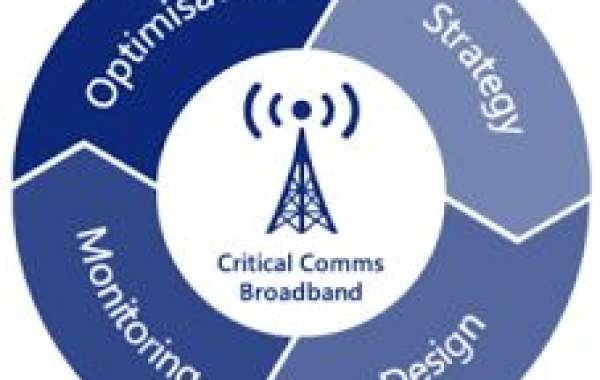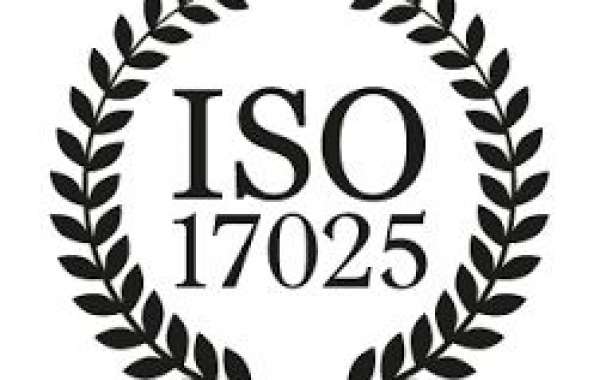Mission Critical Communication (MCX) Market: Enabling Seamless and Secure Communication for Critical Operations
Introduction:
In mission-critical industries such as public safety, transportation, and utilities, effective and reliable communication is of utmost importance. The Mission Critical Communication (MCX) market provides essential communication solutions that enable seamless and secure communication during critical operations. This article provides an overview of the MCX market, delves into key market segments, highlights leading companies, explores market drivers, offers regional insights, and discusses the latest industry news. The Mission Critical Communication (MCX) industry is projected to grow from USD 22.7 billion in 2023 to USD 70.63 billion by 2032, exhibiting a compound annual growth rate (CAGR) of 14.4% during the forecast period (2023 - 2032).
Market Overview:
The MCX market is witnessing significant growth due to the increasing need for robust communication systems in mission-critical industries. These industries require reliable and secure communication networks to ensure effective coordination, quick response times, and enhanced situational awareness. The MCX market encompasses a wide range of communication technologies, including voice, data, and video, tailored to meet the unique requirements of different sectors.
Get Free Sample PDF Brochure - https://www.marketresearchfuture.com/sample_request/8654
Key Market Segments:
The MCX market can be segmented based on industry verticals such as public safety, transportation, utilities, and others. Each segment has specific communication needs and challenges. For instance, in the public safety sector, MCX solutions enable first responders to communicate seamlessly during emergencies, ensuring timely response and effective coordination. In the transportation sector, MCX systems facilitate real-time communication between drivers, dispatchers, and control centers, enhancing operational efficiency and passenger safety.
Key Companies:
Several leading companies dominate the MCX market, offering a wide range of communication solutions and services. These include established players such as Motorola Solutions, Harris Corporation, and Nokia, known for their expertise in providing mission-critical communication systems. These companies have a strong track record of delivering reliable and secure communication solutions that meet the stringent requirements of mission-critical industries. Additionally, there are emerging players and niche solution providers that cater to specific industry needs, contributing to market competition and innovation.
Market Drivers:
The growth of the MCX market can be attributed to various factors. Firstly, the increasing need for uninterrupted communication during critical operations drives the demand for MCX solutions. In mission-critical industries, any communication failure can have severe consequences, making reliability and resilience crucial. Secondly, the growing adoption of advanced technologies such as LTE (Long-Term Evolution) and 5G enables the development of more sophisticated MCX systems, offering high-speed data transmission and enhanced features. Thirdly, regulatory mandates and standards further propel the market as organizations strive to comply with industry-specific requirements.
Regional Insights:
The MCX market exhibits regional variations in terms of demand and adoption. North America, with its robust public safety infrastructure and advanced communication networks, dominates the market. The region is characterized by significant investments in MCX systems to ensure seamless communication during emergencies. Europe follows closely, with a focus on transportation and utilities sectors. Asia-Pacific is witnessing rapid growth, driven by increasing industrialization, urbanization, and the need for reliable communication systems in emerging economies.
Buy Now Premium Research Report - Get Comprehensive Market Insights.
Industry Latest News:
The MCX industry is constantly evolving to keep pace with technological advancements and emerging trends. Recent industry news includes the integration of MCX systems with emerging technologies such as Internet of Things (IoT) and artificial intelligence (AI). This integration enables advanced functionalities, such as real-time data analytics, predictive maintenance, and intelligent decision-making. Furthermore, there is an increasing emphasis on cybersecurity, with MCX solution providers focusing on ensuring the integrity and confidentiality of critical communication networks.
Conclusion:
The Mission Critical Communication (MCX) market plays a vital role in ensuring seamless and secure communication in mission-critical industries. With their robust and reliable solutions, MCX providers enable organizations to effectively respond to emergencies, enhance operational efficiency, and ensure the safety of personnel and the public. As the market continues to evolve, it is essential for organizations to invest in MCX systems from reputable providers to meet their specific communication needs. By leveraging advanced technologies and adhering to industry standards, businesses can enhance their critical communication capabilities and achieve operational excellence in mission-critical environments.
MRFR’s Exclusive Reports:
United States Next-gen Technology Market -
https://www.marketresearchfuture.com/reports/us-next-gen-technology-market-20722
Screen and Script Writing Software Market -
https://www.marketresearchfuture.com/reports/screen-and-script-writing-software-market-21412
NoSQL Market -
https://www.marketresearchfuture.com/reports/nosql-market-21413
United States Buy Now Pay Later Market -
https://www.marketresearchfuture.com/reports/us-buy-now-pay-later-market-21414




